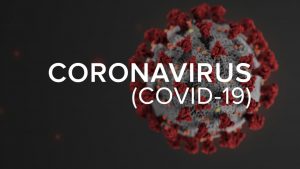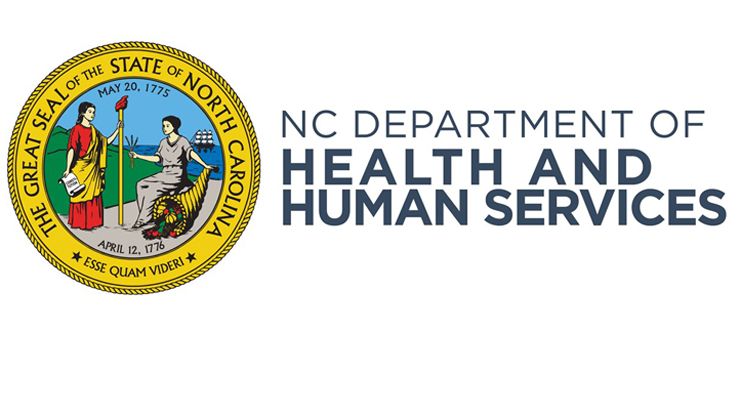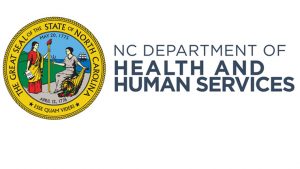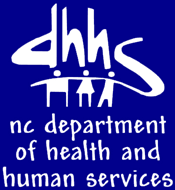PRESS RELEASE: NC Deferring Interest
 FOR IMMEDIATE RELEASE Contact: Joseph Kyzer<mailto:[email protected]>
FOR IMMEDIATE RELEASE Contact: Joseph Kyzer<mailto:[email protected]>
Tuesday, March 31, 2020
North Carolina Leaders Announce Shared Support for Deferring Interest on Income Tax Until July 15
Raleigh, N.C. – North Carolina leaders announced shared bipartisan support for deferring the accrual of interest on state income taxes filed before July 15, 2020, in a joint statement released by General Assembly lawmakers and Governor Cooper on Tuesday.
View on SpeakerMoore.com<http://speakermoore.com/north-carolina-leaders-announce-shared-support-deferring-interest-income-tax-july-15/>
The deadline for state and federal tax filings were recently delayed to July 15, 2020, and penalties for late payments were also waived.
However, the North Carolina General Assembly and Governor must approve legislation to defer accrual of interest on income taxes, an action that state leaders announced shared support for approving retroactively on Tuesday.
State Senate Democratic Leader Dan Blue (D-Wake), Senate Leader Phil Berger (R-Rockingham), House Speaker Tim Moore (R-Cleveland), and House Democratic Leader Darren Jackson (D-Wake) released a joint statement with Governor Cooper on Tuesday.
“One of the biggest questions we are getting on economic issues is whether families and businesses will be responsible for paying interest on their income taxes now that the filing deadline is delayed,” the five state leaders said in a joint statement Tuesday.
“Today, we can announce our shared support for retroactively waiving the accrual of those interest payments to provide further tax relief for North Carolinians amid the COVID-19 crisis, an important step to offer certainty and recovery assistance for millions of our state’s residents.”
Under North Carolina law, the liability for failure to pay estimated income tax on time is the accrual of interest. The Secretary of the Department of Revenue is not authorized to waive interest and the agency is required to charge interest on any unpaid tax.
Therefore, the General Assembly and Governor must approve legislation to ensure taxpayers are not liable for such interest between April 15, 2020, and July 15, 2020, the extended deadline.
____________________________________________________________________________________
NORTH CAROLINA GENERAL ASSEMBLY
Legislative Building | 16 West Jones Street | Raleigh, NC 27601 | 919-733-4111


 In an effort to streamline the ever-changing world we live in with the COVID-19 virus, here are some links that are all related to updated tax changes, small businesses, individual sick leave, and other filing requirements. As more information is released, it will be added at the top of this list.
In an effort to streamline the ever-changing world we live in with the COVID-19 virus, here are some links that are all related to updated tax changes, small businesses, individual sick leave, and other filing requirements. As more information is released, it will be added at the top of this list.
 Adult Care Homes (ACH) and other types of Group Homes in North Carolina have compliance
Adult Care Homes (ACH) and other types of Group Homes in North Carolina have compliance 


